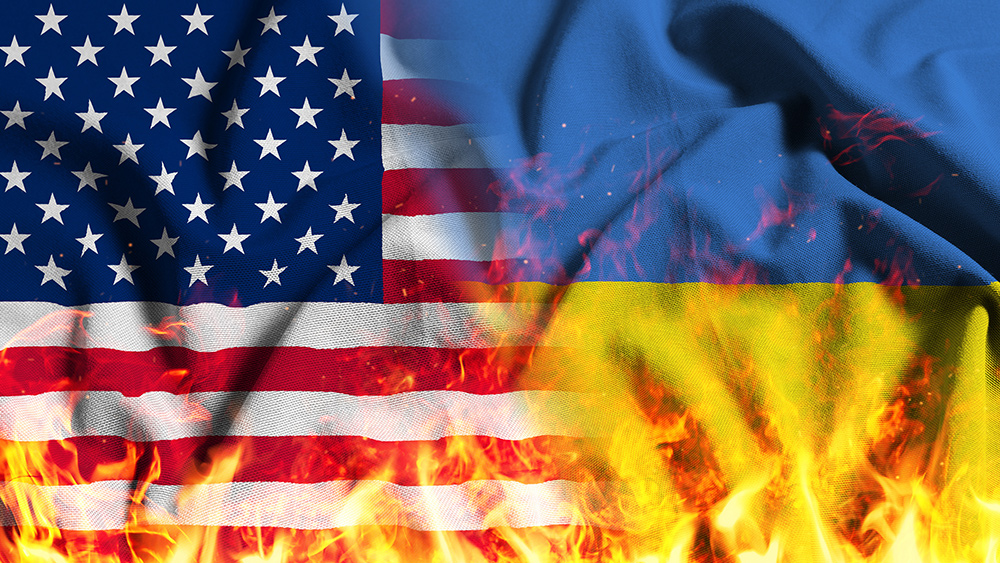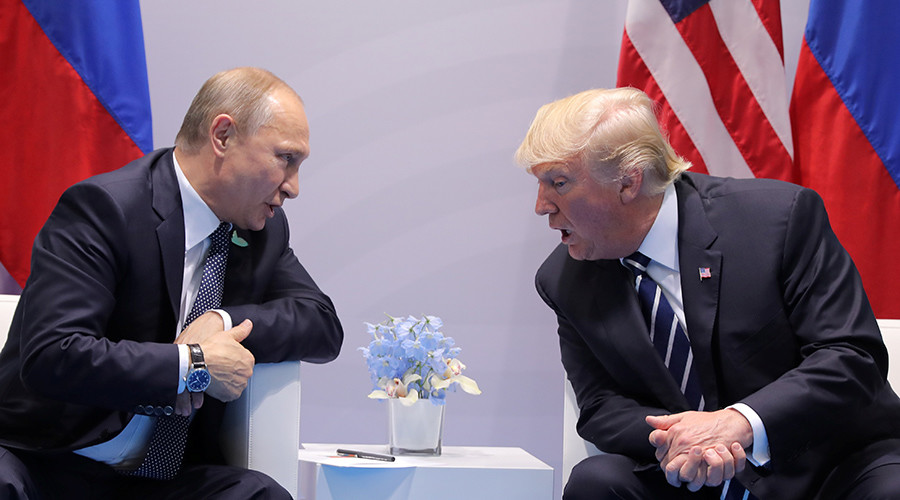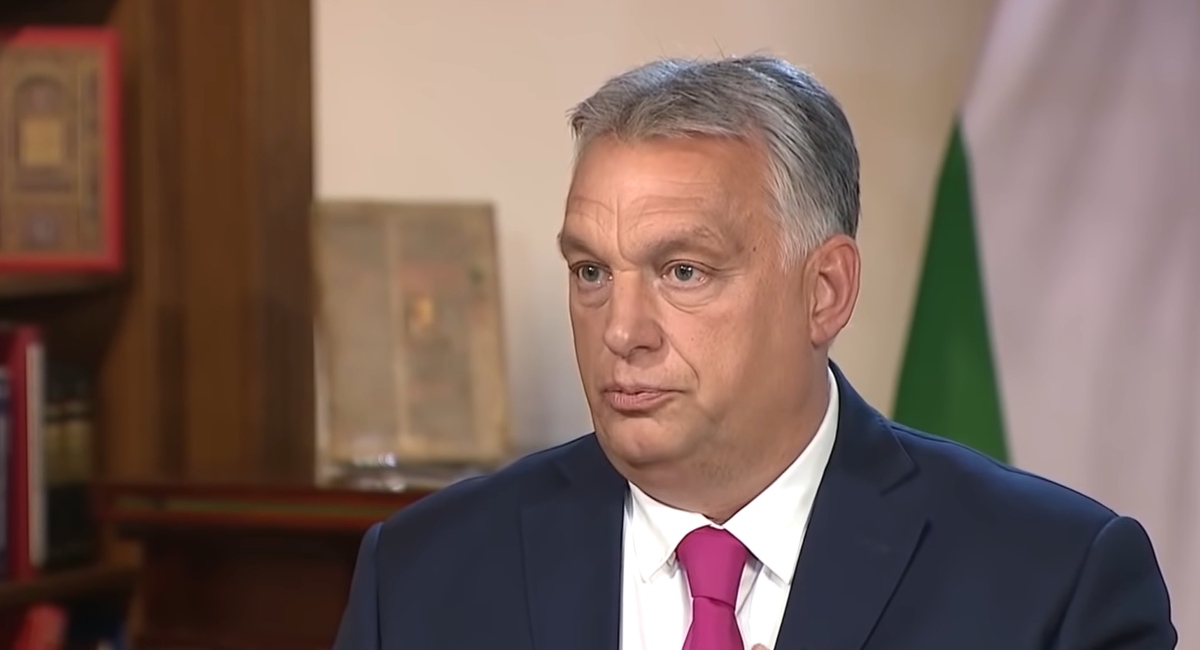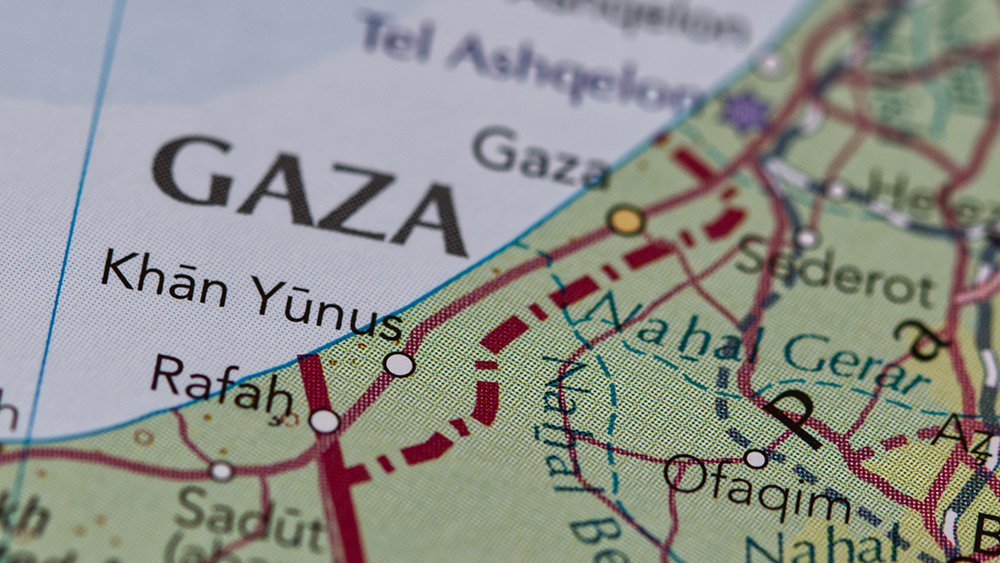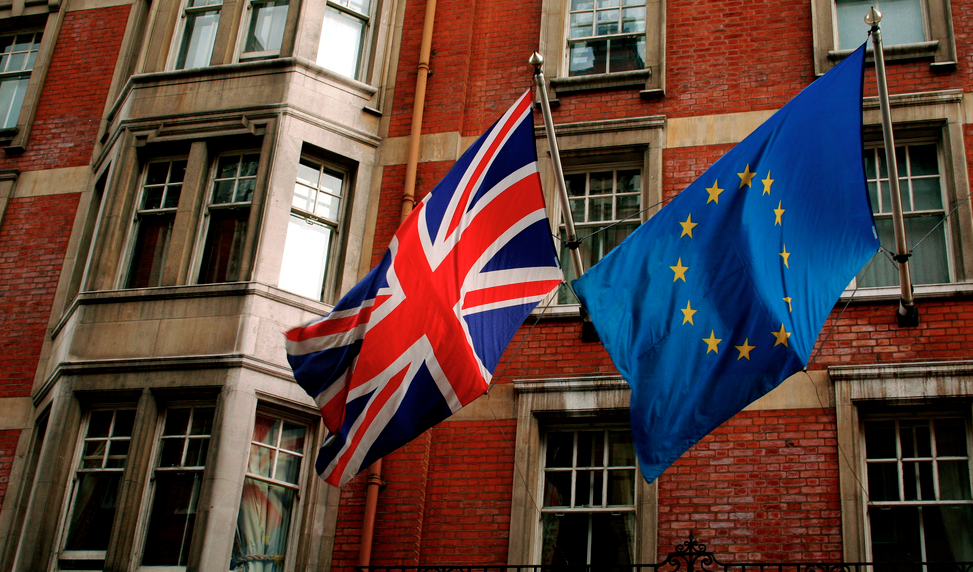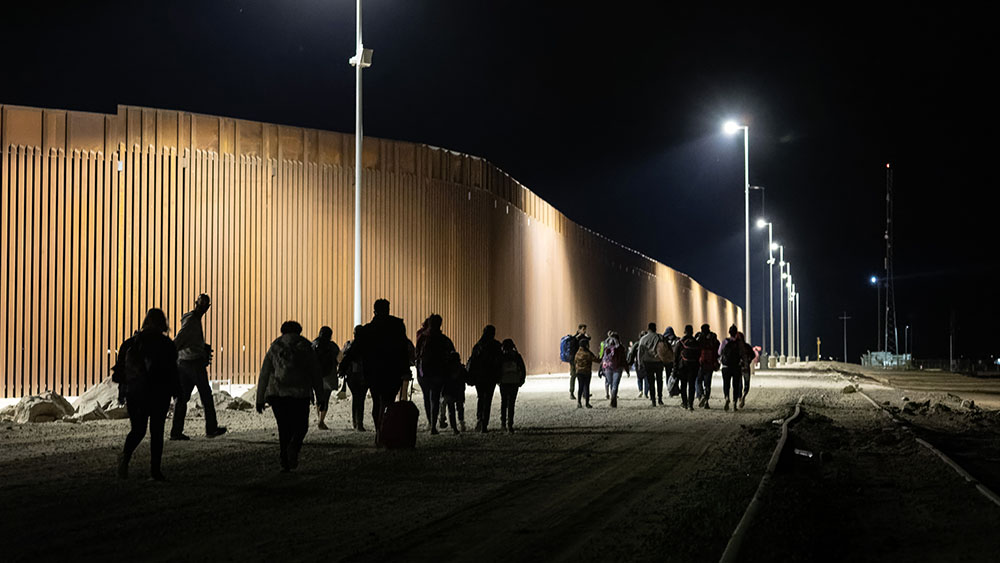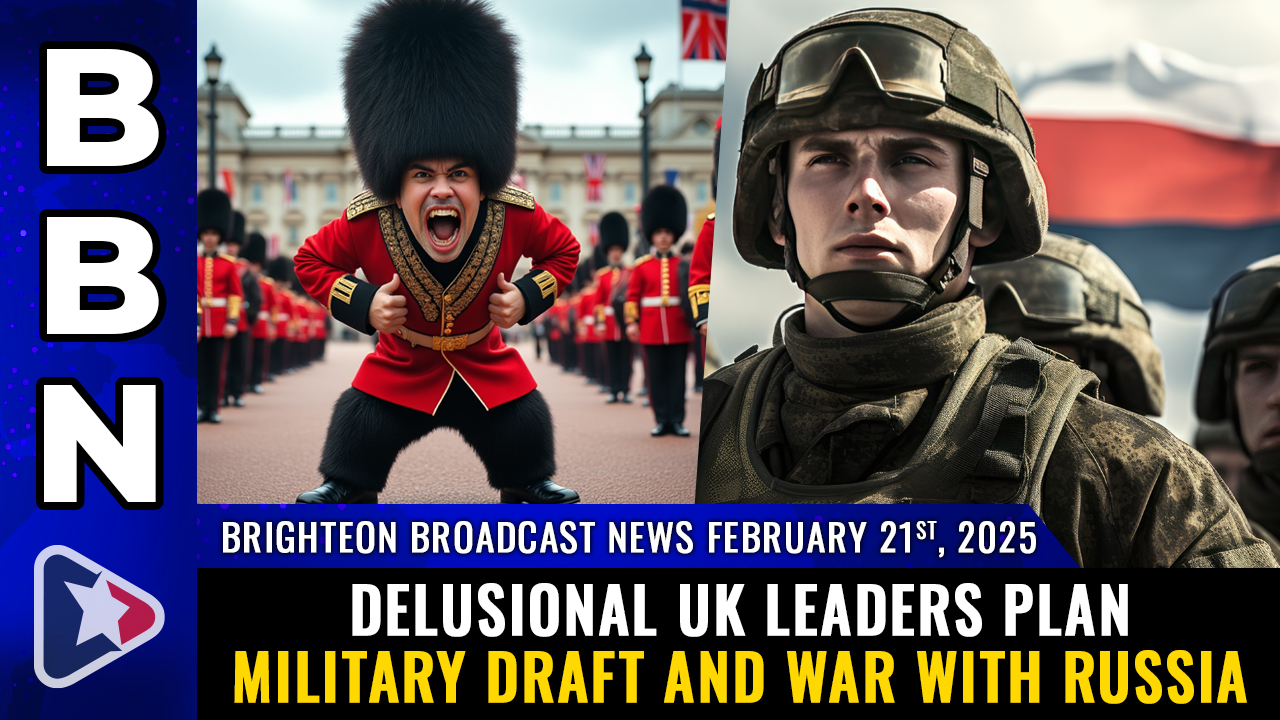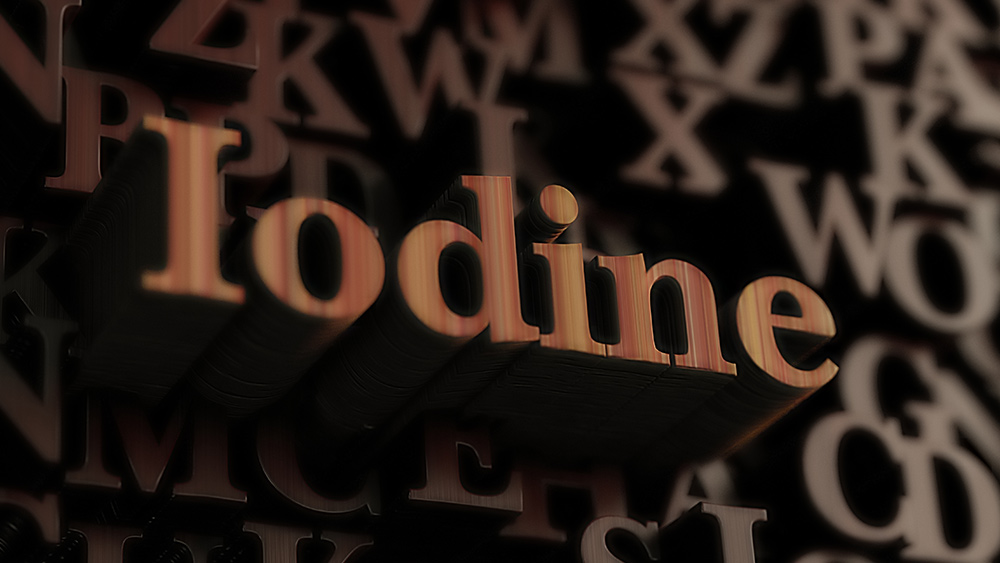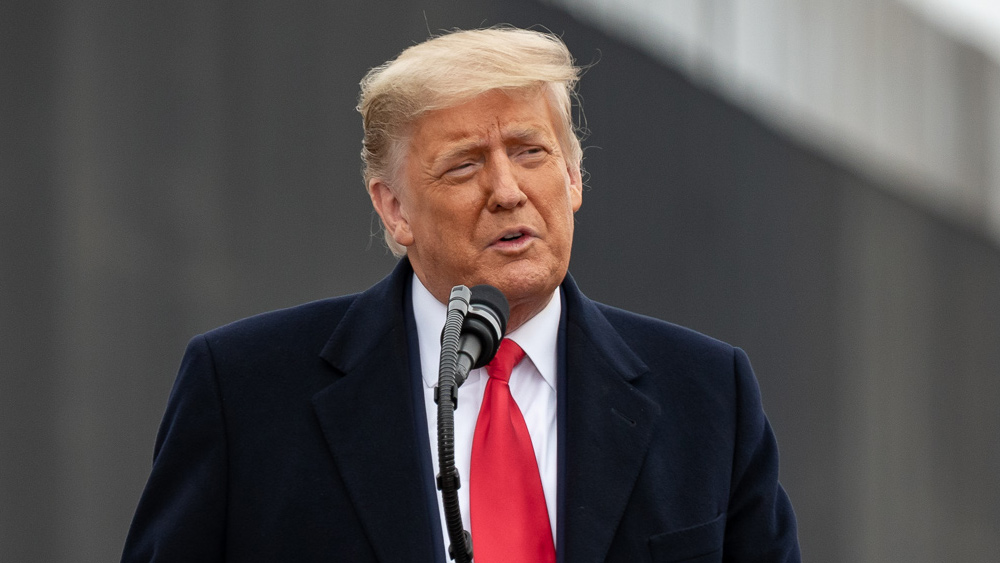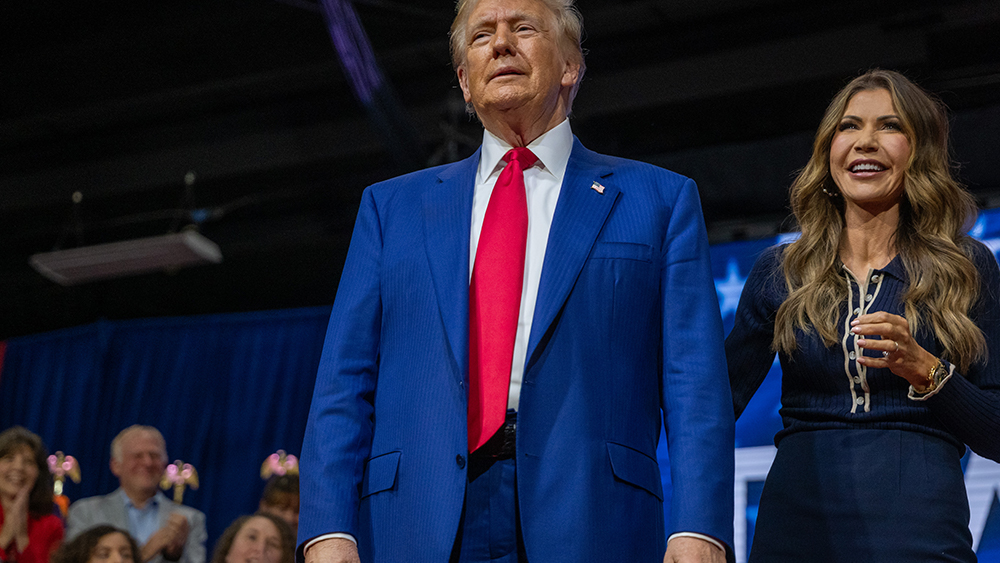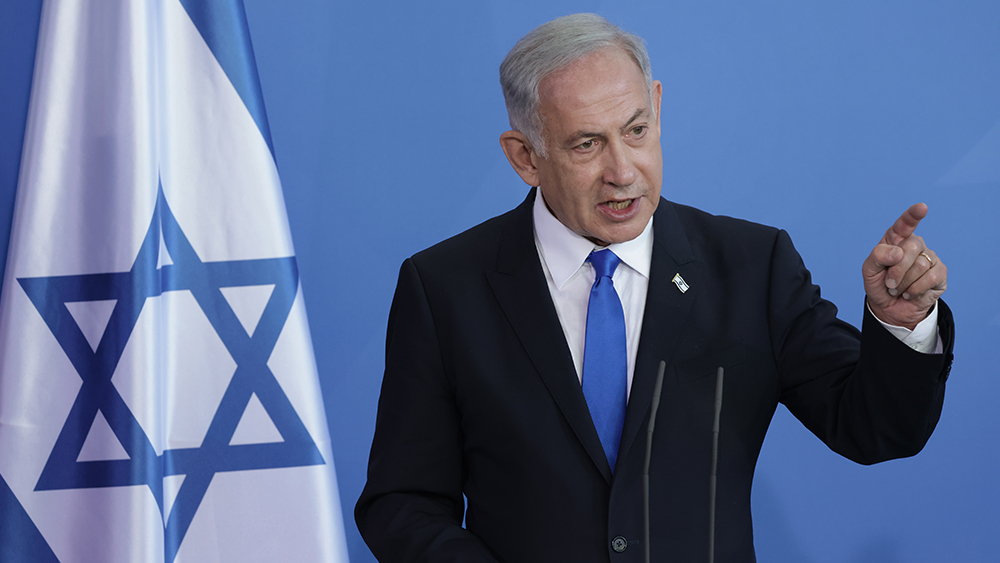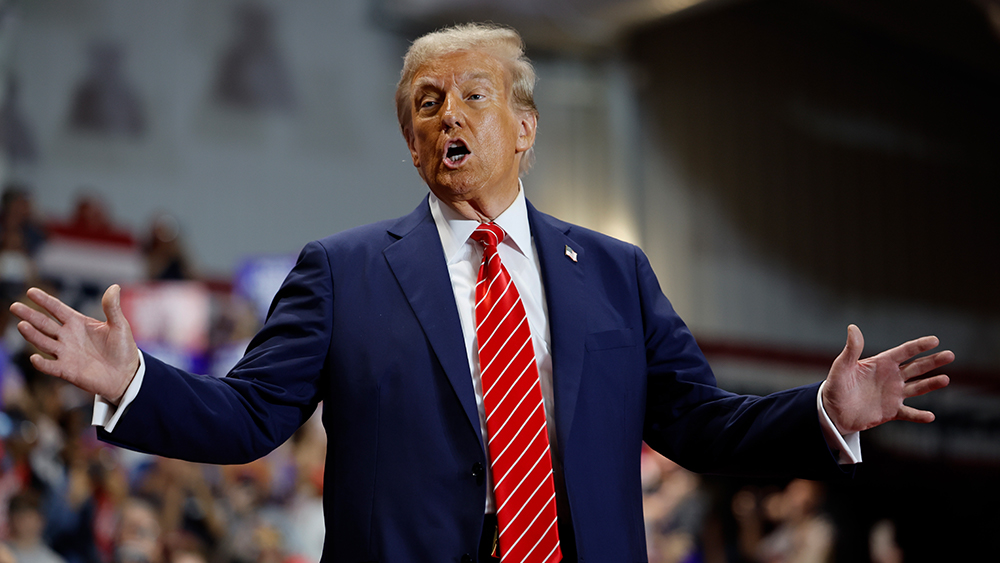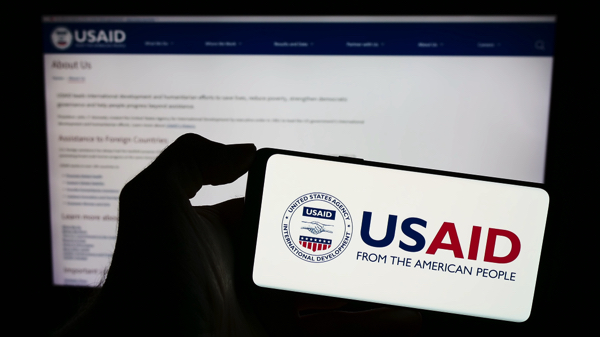Israel planning military strike on Iran’s nuclear facilities
02/20/2025 / By Belle Carter
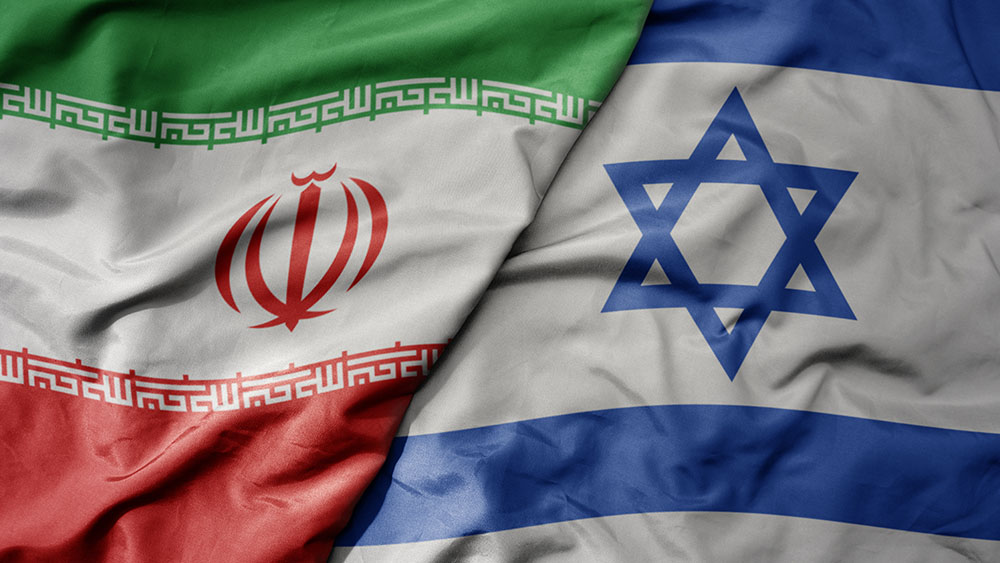
- Israeli Prime Minister Benjamin Netanyahu is reportedly planning a military strike on Iran’s nuclear facilities, with or without U.S. support, aiming to capitalize on the aftermath of the Oct. 7, 2023, Hamas attack and secure a strategic victory.
- Analysts outline four possible outcomes: (1) Netanyahu and U.S. President Donald Trump clash over war vs. diplomacy, (2) a joint U.S.-Israeli strike if Iran refuses to dismantle its nuclear program, (3) Israel acts alone with implicit U.S. consent, or (4) Saudi Arabia brokers a diplomatic deal offering Iran economic incentives for disarmament.
- Saudi Arabia, a key U.S. ally, may leverage its $600 billion investment promise to influence Trump toward diplomacy, cautioning against the destabilizing effects of a military strike while balancing regional security concerns.
- Iran is perceived as weakened due to recent losses in strategic assets, emboldening Netanyahu. However, Israel lacks the military capacity to fully destroy Iran’s nuclear program, relying on U.S.-made weapons for a sustained attack.
- Trump faces a critical choice between enabling military action or pursuing diplomacy, as he has expressed a preference for negotiation. His recent overtures to Russia and focus on deal-making add complexity to the U.S.-Israeli-Iranian standoff.
In a high-stakes geopolitical chess game, Israeli Prime Minister Benjamin Netanyahu is reportedly planning a military strike on Iran’s nuclear facilities, with or without U.S. support, in a bid to transform the aftermath of the Oct. 7, 2023, Hamas attack into what he sees as a historic strategic victory.
The move, detailed in a recent Haaretz analysis, has sparked intense speculation about whether U.S. President Donald Trump will be drawn into the conflict or instead pursue a diplomatic solution. The situation is further complicated by Saudi Arabia’s potential role as a mediator, offering Trump economic incentives to avoid war. As tensions escalate, the Middle East braces for a potential showdown that could reshape the region’s power dynamics.
The Iran nuclear issue, a long-standing flashpoint in U.S.-Israeli relations, could unfold in four starkly different directions in the coming months, according to analysts. In the first scenario, Trump and Netanyahu clash over the Israeli leader’s alleged attempts to manipulate the U.S. president into a war with Iran, despite Trump’s preference for negotiation. The second scenario envisions a joint U.S.-Israeli military strike on Iran’s nuclear sites, triggered by Tehran’s refusal to dismantle its nuclear program “Libya-style.”
The third scenario involves Israel acting alone, with implicit U.S. consent, if Iran rejects Trump’s coercive diplomacy. Finally, the fourth scenario sees Saudi Arabia stepping in to broker a “golden bridge” deal, offering Iran economic incentives in exchange for nuclear disarmament. This approach, inspired by ancient Chinese military strategist Sun Tzu, aims to preserve Iran’s pride while achieving disarmament.
Saudi Arabia, a key U.S. ally, wields significant influence over Trump, particularly through its promise of $600 billion in U.S. investments. While the Saudis view Iran as a regional threat, they are likely to caution against the destabilizing effects of a military strike, aligning with Trump’s deal-making instincts. However, this scenario could also set the stage for a U.S.-Israeli rift if Netanyahu perceives it as undermining Israel’s security interests. (Related: Trump shares video saying Netanyahu conned America into war with Iraq and is pushing war with Iran.)
The push for a strike on Iran comes at a time when the Islamic Republic is perceived as weak and isolated. Over the past year, Iran has lost key strategic assets, including its influence over Hezbollah, its arms conduit in Syria, and significant portions of its air defenses and missile-production capabilities following clashes with Israel. These setbacks have emboldened Netanyahu, who sees an opportunity to deliver a decisive blow to Iran’s nuclear ambitions.
However, Israel lacks the military capacity to fully destroy Iran’s nuclear program. While it possesses smaller “bunker buster” bombs, these would only set back Iran’s program by six to 18 months, according to estimates. A sustained attack capable of crippling Iran’s nuclear infrastructure would require the U.S.-made GBU-57A/B Massive Ordnance Penetrator, a 30,000-pound bomb deployable only by B-2 bombers.
Despite these limitations, Netanyahu appears determined to act.
“Israeli Prime Minister Benjamin Netanyahu has discussed with Trump several possible levels of American backing, ranging from active military support for a kinetic strike – such as intelligence, refueling or other assistance – to more limited political backing for a coercive ultimatum,” wrote Washington Post columnist David Ignatius.
Trump prefers negotiation over military action
Trump, who has long positioned himself as a deal-maker, faces a critical test of his diplomatic instincts. In a recent interview with Fox News, he expressed a clear preference for negotiation over military action.
“I would prefer that not happen. … I’d much rather see a deal with Iran. … There are two ways of stopping them: with bombs or with a written piece of paper,” he said, referencing his efforts to revive the nuclear deal after withdrawing from it in 2018.
Trump’s recent overtures to Russian President Vladimir Putin, an Iranian ally, further complicate the picture. His apparent willingness to accommodate Russia’s demands in Ukraine suggests a broader realignment of U.S. foreign policy, one that could influence his approach to Iran.
Meanwhile, Netanyahu’s focus on Iran underscores his belief that the Islamic Republic, not Gaza or the Palestinians, represents the existential threat to Israel. By pursuing a strike, he aims to cement his legacy as the defender of Israel and Western civilization.
Netanyahu and Trump navigate this high-stakes standoff, the Middle East teeters on the edge of another potential conflict. Whether through diplomacy or military action, the outcome will have far-reaching implications for regional stability, U.S.-Israeli relations and the global balance of power.
Visit Violence.news for similar stories.
Watch Trump and Netanyahu’s news conference as they talk about “bringing peace to the Middle East.”
This video is from the NewsClips channel on Brighteon.com.
More related stories:
Netanyahu: Israel delays Iran’s nuclear weapons program by a decade.
Arab world unites in condemnation of Netanyahu’s proposal for Palestinian state on Saudi soil.
Israel weighs strikes on Iranian nuclear facilities, with or without U.S. backing.
Sources include:
Submit a correction >>
Tagged Under:
big government, ceasefire, ceasefire deal, chaos, dangerous, diplomatic relations, Donald Trump, Foreign policy, geopolitics, global security, insanity, Iran, Israel, Middle East, national security, Netanyahu, nuclear war, nuclear weapons, terrorism, unhinged, violence, WWIII
This article may contain statements that reflect the opinion of the author
RECENT NEWS & ARTICLES
COPYRIGHT © 2019 Dangerous.News
All content posted on this site is protected under Free Speech. Dangerous.News is not responsible for content written by contributing authors. The information on this site is provided for educational and entertainment purposes only. It is not intended as a substitute for professional advice of any kind. Dangerous.News assumes no responsibility for the use or misuse of this material. All trademarks, registered trademarks and service marks mentioned on this site are the property of their respective owners.

